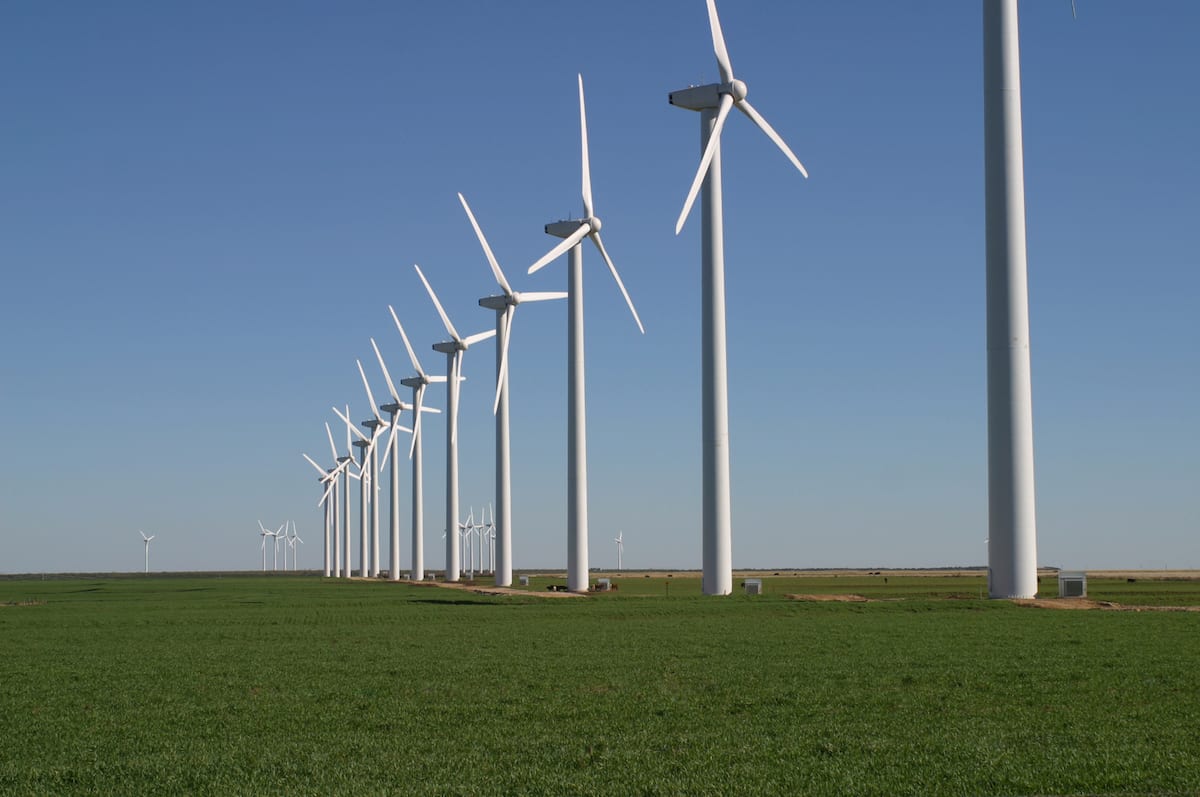
Renewables are more efficient at reducing greenhouse gases than carbon capture technologies, suggests a new study.
International climate change models – such as in the Paris Agreement – are based on installing carbon capture at coal and natural gas power stations.
But the study, the first in the world to compare these technologies using net energy analysis, shows building more solar panels, wind turbines and using other renewable energy sources would have the same effect while using less energy resources.
Co-author Dr Denes Csala, a Lecturer in Energy Storage and System Dynamics at Lancaster University, said: “It is more valuable, energetically, to invest the available energy resources directly into building new renewable energy and storage capacity rather than building new fossil-fuel power stations with carbon capture.
“The better net energy return of investing in renewable energy makes it more likely to meet emission targets without risking a reduction in energy availability, due to dwindling fossil fuel supplies and a climate-constrained emissions budget.
“Given its net energy disadvantages, carbon capture and storage should be considered a niche and supplementary contributor to the energy system, rather than be seen as a critical technology option as current climate agreements view it.”
Carbon capture is new or as yet undeveloped technologies that capture CO2 emissions leaving coal and gas-fired power stations.
Dr Csala said they play a fundamental part within the models that international agreements to reduce climate change are based on.
This includes the Paris Climate Change Agreement of 2015 – an international treaty to stop global temperatures rising above two degrees than pre-industrial times by the end of the century.
But an international team of researchers showed resources set aside to be spent on developing and installing these technologies would be better invested in renewables.
The study suggested creating more solar panels and wind turbines and focusing on developing energy storage options would be more resource efficient.
Dr Csala calculated how much energy would be made from current plans to invest in carbon capture.
This takes into account resources needed to create and run the systems needed for carbon capture across a range of coal, oil and natural gas power stations.
Then he worked out how much energy would be made when investing the same amount into renewables.
Even in the worst-case scenarios for renewables and best-case for carbon capture – more energy was created investing in wind farms and solar panels, combined with various kinds of energy storage systems, such as batteries, hydrogen or pumped hydro-power.
Even moderately efficient renewable locations – where the weather is not particularly sunny or windy – provide a better energy return than the majority of carbon capture technologies.
Dr Csala said this was partly due to net energy needed to implement carbon capture, called “embodied energy”.
They included the resources needed for creating and running the systems, and equipment, such as pipes and compressors, needed to capture and store carbon also needs energy to produce.
All this resulted in a reduced net energy output from power stations with carbon capture, according to the study.
The study by researchers at Lancaster University, Khalifa University, Clemson University, UiT The Arctic University and the University of Florence was published in the journal Nature Energy.
https://www.thelondoneconomic.com/news/environment/climate-change-could-cause-as-much-damage-as-when-dinosaurs-were-wiped-out-by-asteroid/08/04/